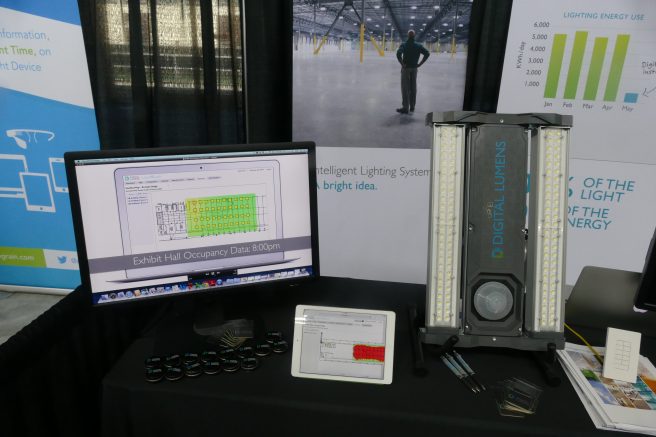
Maybe the joyous reaction of marketers to beacons, low-cost sensors that can communicate with tablets and smartphones, comes from the fact that the word’s spelling is close to bacon - seems to be a lot of memes suggesting that bacon is a favorite food. But let’s stick to a more straightforward reason: Marketers are as excited about beacons as a child is excited about Christmas day.
So what is the beacon excitement about? Here’s the run down:
Where are beacons being used in retail?
Luxury brands are becoming the first movers in experimenting with beacons as part of an augmented reality strategy. Sephora, a make up provider, announced beta testing beacons in its San Francisco store. And Burberry uses augmented reality technology in its flagship store in the UK.
So what does beacons mean for analytics?
Beacon-generated data can then be pulled up into a corporate cloud application for tracking and analysis, influencing the business intelligence and the analytics associated with it. Real time analytics that include beacon-sourced referral traffic must consider digital activity over time. Additional analytic tools highlighting foot traffic patterns can aid where message are being triggered, and facilitate inventory planning. Integrating the associated metrics mean increased tagging complexity, so marketers must consider what capabilities lie within their tools.
Adoption is still early - eMarketer reports that 29% of retailers have incorporated beacons into their stores.
But as the IoT environment emerges from the budding stages, retailers will learn how to use beacons to determine how well their business model aligns with the customer experience needs. Customers are demanding sophisticated experiences. Beacons provide the the building block for understanding those experiences.